SEEKING THE POWER OF YOUR THIRD EYE
HARNESSING THE INTUITIVE POWER CAN BRING BALANCE, CALM, AND DEEPER CONNECTIONS
With the ushering of yoga and meditation into wider western culture, the term “third eye” has entered the mainstream. No longer relegated to spiritual and esoteric discussions, you can now watch videos to “open your third eye” on YouTube or listen to binaural beats to stimulate this focus of wisdom on Spotify. There are third eye emojis to help you deepen your Instagram stories and every yoga teacher with 200 hours of training under their belt is ready to help you access your third eye after guiding you through an hour of hip-hop activated, sweaty vinyasa.

But what is the third eye, how can we access its power, and why would we want to?
Simply put, the third eye is an energetic center that allows us to tap into our innate intuitive power. Anyone, with practice, can learn to work with their third eye through meditation or specific energetic practices. By deepening the connection to our third eye, we can bridge the gap from our earthly existence to spiritual realms, helping us move through our everyday lives with more energy, clarity, and focus. Working with the third eye offers both mystical and practical experiences, boosting our ability to remain present and mindful—traits we all seek to attain a bit more of in today’s world.
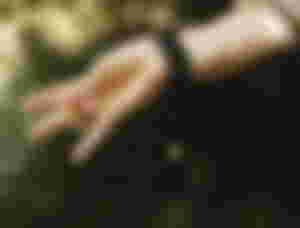
Far from a New Age concept, references to the third eye exist—with slightly varied language—in the ancient texts of Hinduism, Buddhism, Shamanism, Taoism, and Western Esoteric traditions. The eye is universally depicted in the center of the brow, slightly above the physical eyes, and is used as a focus point during prayer, meditation, qigong, or other devotional practices. Hindus associate the third eye with the sixth chakra or energy center, known as the Ajna Chakra. That association has been so common that many modern seekers simply refer to it as “the third-eye chakra.”
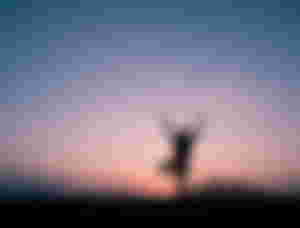
I have been fascinated with the concept since I was a student at Columbia University, reading Helena Blavatsky, the Russian spiritualist and other writers of the Theosophical movement. According to Blavatsky, the third eye was once a visible and active physical feature of early “root races.” Through the third eye, these ancient but advanced people could access religious visions, clairvoyance, precognition, and spiritual intuition. As humans evolved, the third eye internalized, becoming our pineal gland, and now lies mostly dormant between the two hemispheres of our brain.
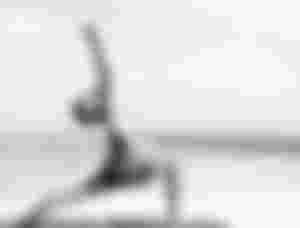
Having become a serious spiritual seeker over the last fifteen years, I wanted to explore the benefits of third eye training, and devoted a weekend to practicing with Robert Volinsky, a body-mind therapist and meditation teacher with nearly twenty-five years experience. The workshop he facilitated was called, appropriately, “Awakening the Third Eye” and it took place at a small loft, just steps from the crowded chaos of New York City.
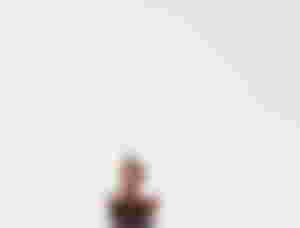
Our assembled group of men and women of all ages, races, and professions were hoping to tap into practices that have been used by the Clairvision School since 1987 that seek to awaken and engage the third eye. There are many different schools of thought around methods for training the third eye. I was attracted to the straightforward, experience-based, and secular approach the Clairvision school offers. Over the weekend, we listened to third-eye-stimulating sounds, practiced hours of seated meditation, engaged in intimate but hands-off partner work, and enjoyed a guided practice that mindfully led us to the border of sleep and wakefulness.

GOOD FOR MORE THAN A MERE TRIPPY EXPERIENCE, THIRD EYE ACTIVATION CAN BRING DEEPER HEART CONNECTIONS WITH LOVED ONES OR ASSIST IN SEALING YOUR ENERGY IN CHAOTIC ENVIRONMENTS.
Though I’ve practiced yoga for twenty years, working with my chakras/energy centers for nearly that long, and meditating daily for seven, the experiences I had during this training were far from familiar. I felt buzzing and pressure in the space between my eyebrows. Waves of energy flooded through my body and I experienced sensations of floating above my own head. I was able to see colors and lights deep within my own inner vision field and even noticed the auras of some of the partners I was working with. I have continued a handful of these practices at home on my own, and have recreated similar—if slightly less dramatic—results. I left the weekend believing more firmly in the existence of the third eye energy center and more determined to dive deeper: What, really, is the third eye and why did awakening it make me feel like I had dropped just a tiny bit of acid?

I checked back in with Volinsky for some clarity. “The third eye is a gateway that can lead to inner spaces of consciousness, as well as allow for experiences of reality beyond the physical senses,” he says. That may explain the colors and floaty feelings. According to Volinsky, everyone has a third eye but most of us have lost touch with it. Through simple meditative practices, like the ones I learned, we are able to “cultivate our awareness of it and awaken its functions.” Though all of us attending the course reported experiencing different sensations, everyone—even curious novices who had never meditated—were able to feel subtle shifts.
Good for more than a mere trippy experience, third eye activation when linked to other energy centers, Volinsky asserts, can bring deeper heart connections with loved ones or assist in sealing your energy in chaotic environments. Susan Von Thun, a California-based Marine Scientist, Kundalini Yoga teacher, and host of the podcast Third Eye Science agrees that the practical application of third eye work cannot be overstated: “By honing connection to the third eye, we can see with a wider perspective than most people. Having that kind of perspective in our daily lives can be useful in every situation life brings from what should I have for breakfast, to not getting road rage on your commute, to the really big decisions in life.” The third eye, in effect, helps you become your own intuitive guide—navigating life’s choices and challenges with equanimity and clarity.

Though the original third eye seekers were monks and enlightened beings, these practices are just as beneficial for those of us living mainstream modern lives, rushing to and from the office and play dates, but seeking a bit more peace and presence as we do so. Working with your third eye may seem woo-woo at first, but so did yoga twenty years ago and now it’s practiced at every gym across the country. How long before third eye work becomes similarly accepted? “Within a few decades, I think it will be ‘normal’ to talk about listening to your soul, your spirit guides, and communicating with the unseen,” says Von Thun. “The real ‘spiritual awakening’ is recognizing your own inner wisdom and realizing that we are all connected to the same source.” Focusing on the third eye center through practices such as certain styles of meditation, yoga, breathwork, and journaling—among other forms of self-expression—can help us become one with this source.
THE THIRD EYE, IN EFFECT, HELPS YOU BECOME YOUR OWN INTUITIVE GUIDE—NAVIGATING LIFE’S CHOICES AND CHALLENGES WITH EQUANIMITY AND CLARITY.
And don’t worry if you’ve never gotten a twinge of energy between your brows, seen auras, or gotten an intuitive hit. You absolutely do not have to be born with gifts in order to access your third eye. Its superpowers are available to all of us who are willing to put in the work. Just as developing physical muscles requires a focused workout regimen, in developing the Third Eye “a systematic approach and consistent practice is what will make the difference,” says Volinsky. So though it’s probably easier to get toned arms than to become a full-blown intuitive, we can all reap the centering benefits of exercising this energy center, regularly.

Since I’ve been engaging in third eye stimulating practices for 25 minutes daily for several months, the most marked change I feel is a newfound sense of clarity. My brain is less busy and I’m able to be more present in daily activities. Words come to me more clearly and my thoughts feel less clouded by worries, assumptions, or past experiences. In addition, though I won’t say I’ve become “psychic,” I definitely notice my intuition sharpening. I have an easier time recognizing patterns and intuiting others’ emotions, which makes it feel like I can predict future events with more accuracy.
If you’re ready to begin tapping into your own intuitive powers and can’t make it to an in-person course, Von Thun recommends starting with the Kirtan kriya. This simple but powerful practice has been studied by neuroscientists and is even recommended by the Alzheimer’s Research and Prevention Society for its brain-boosting benefits. According to Yogi Bhajan, a guru who brought Kundalini to the West in 1968 this meditation “brings total mental balance to the individual psyche” and is a powerful but safe third eye-opener.
Thank you for reading...
[bad iframe src]
[bad iframe src]
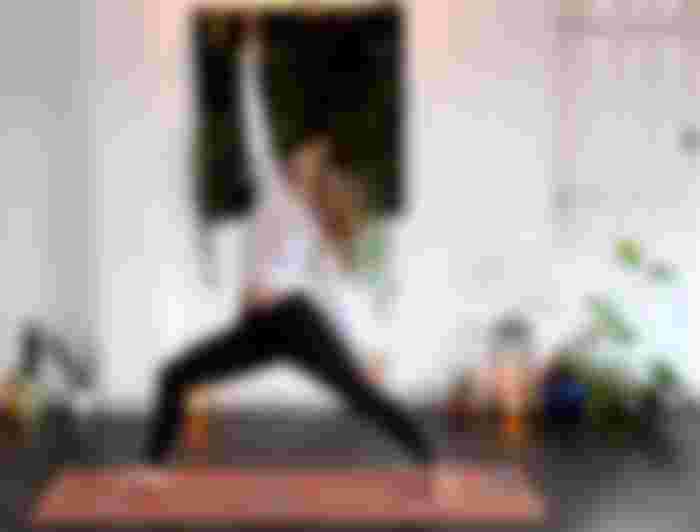

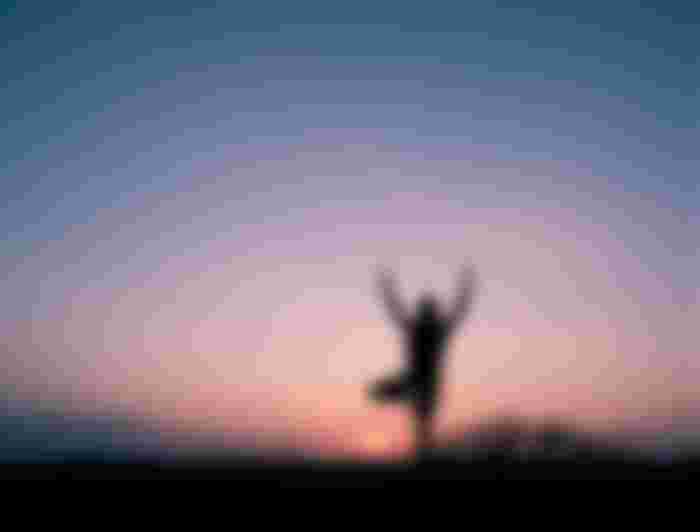
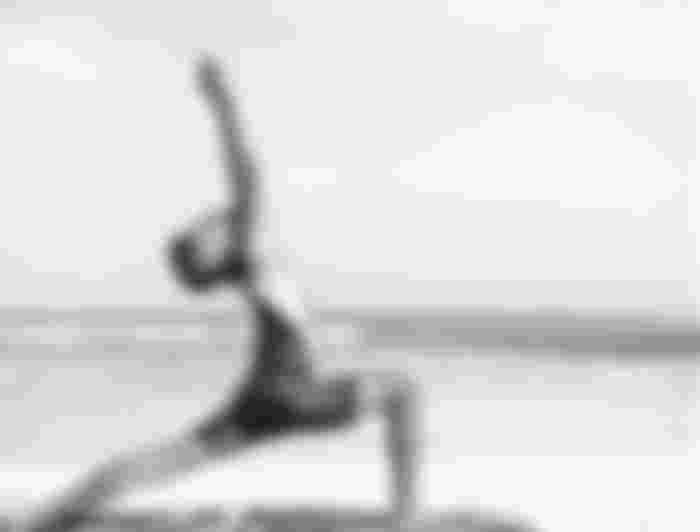
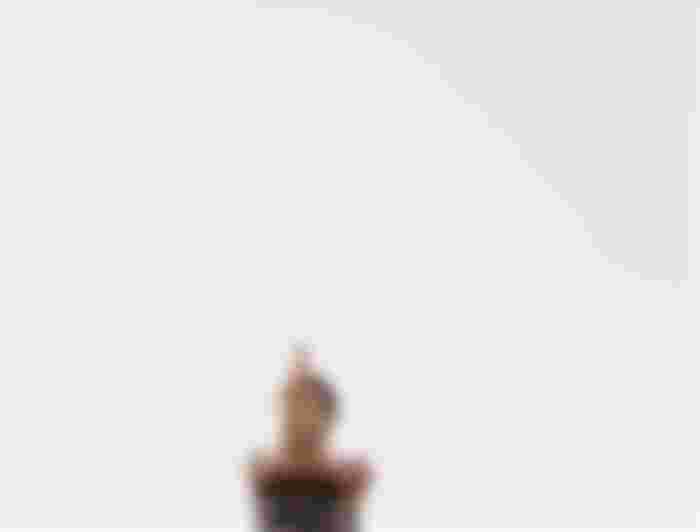
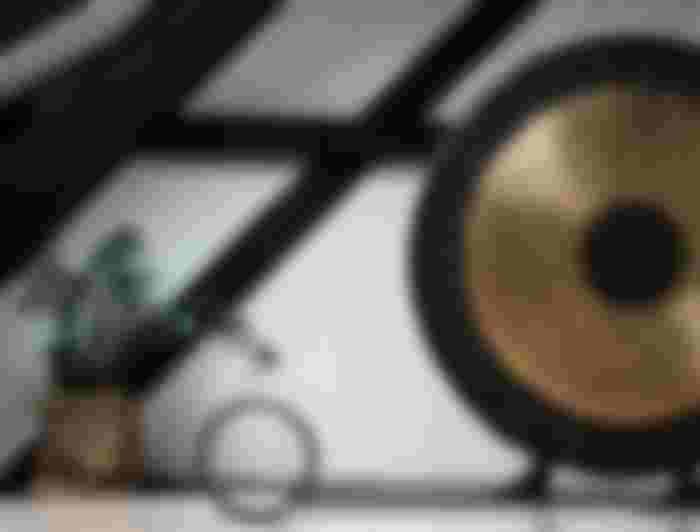
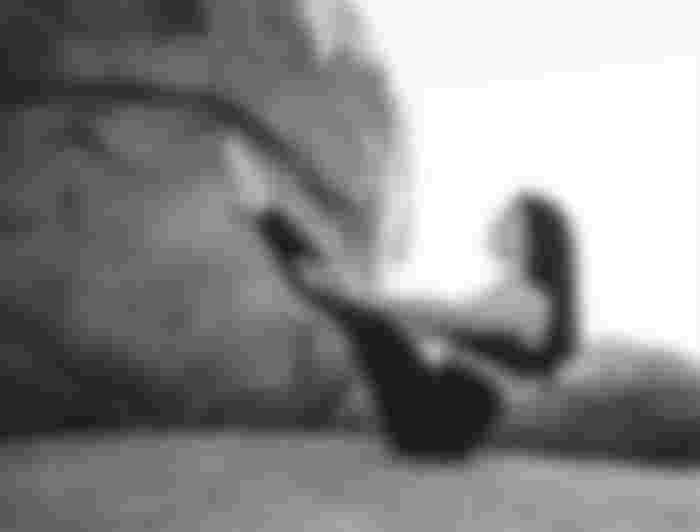
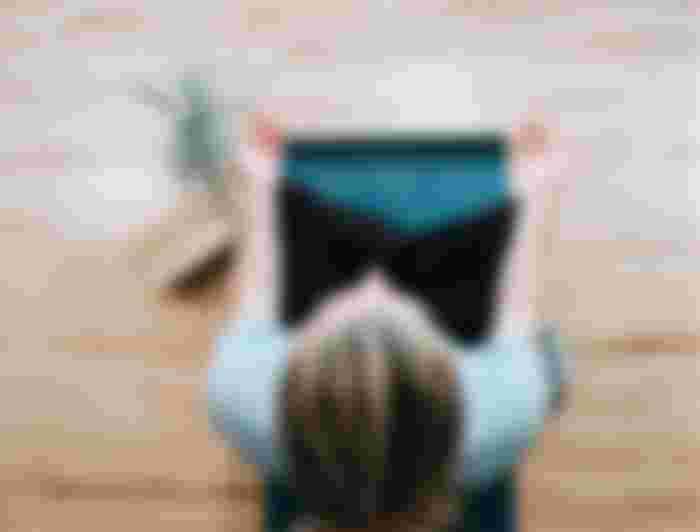

Your article is so good. Keep it up